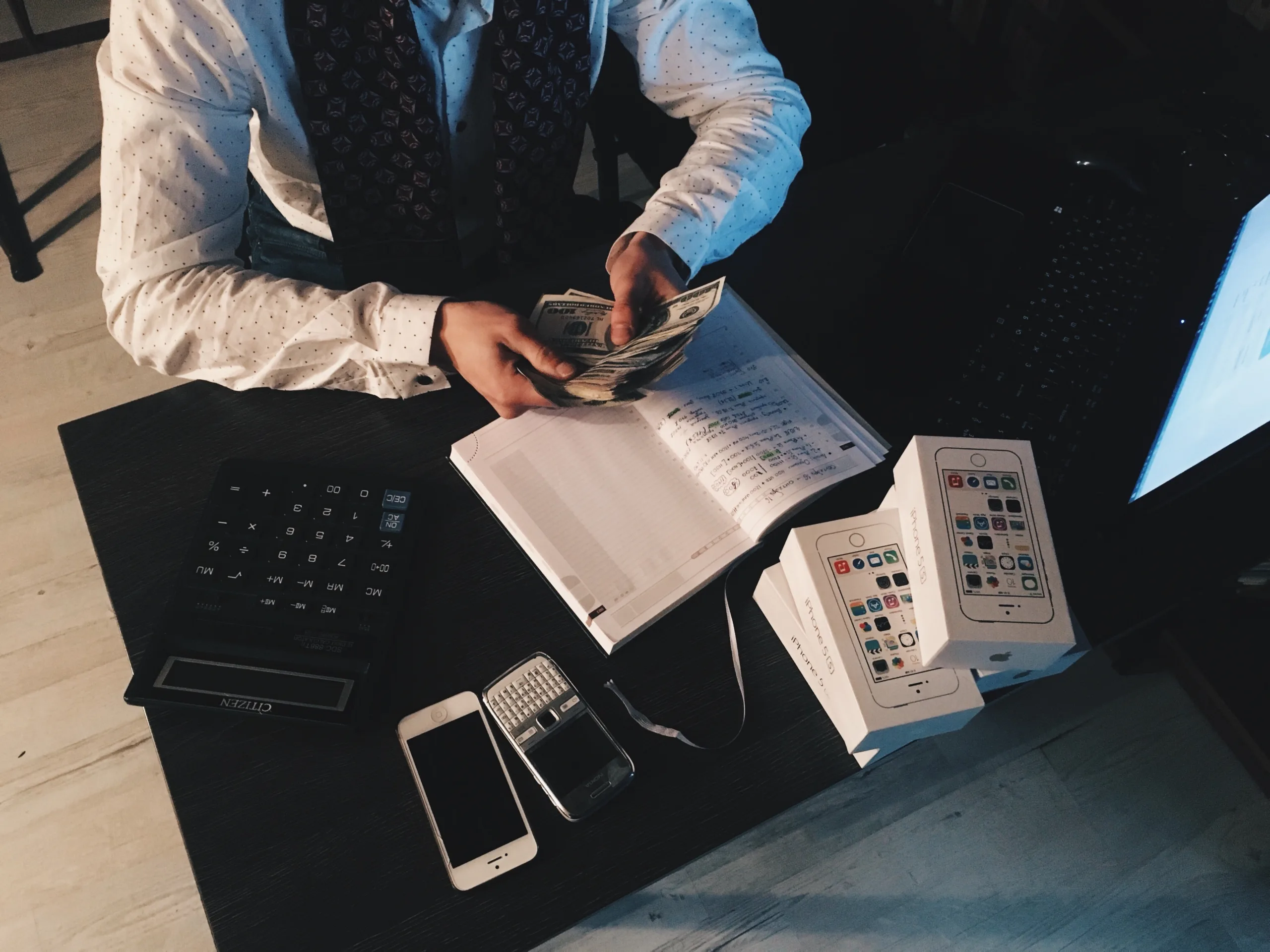How to Spot and Avoid Money Laundering: Lessons from Famous Cases
Image source: Pexels.com
Money laundering is a serious crime that can have devastating consequences for the economy and society. It involves hiding the source of illegal funds by moving them through legitimate businesses or financial institutions. In this blog post, I’ll share with you some of the most shocking and notorious examples of money laundering in the USA, and what we can learn from them. Let’s get started!
What is Money Laundering and Why is it Bad?
Money laundering is the process of making dirty money look clean. Dirty money is money that comes from illegal activities, such as drug trafficking, terrorism, tax evasion, fraud, corruption, etc. Clean money is money that appears to come from legal sources, such as salaries, investments, sales, etc.
Money launderers use various techniques to disguise the origin and ownership of their dirty money. Some of these techniques include:
- Shell companies: These are companies that exist only on paper and have no real business activity. They are used to hide the true owners and beneficiaries of the money.
- Offshore accounts: These are bank accounts that are located in countries with low or no taxes, weak regulations, and high secrecy. They are used to transfer and store money without leaving a trace.
- Smurfing: This is a method of breaking down large amounts of cash into smaller sums and depositing them into different accounts or locations. This makes it harder to detect and track the money.
- Layering: This is a technique of moving money through multiple transactions, accounts, businesses, or countries. This creates a complex web of transactions that obscures the source and destination of the money.
- Integration: This is the final stage of money laundering, where the laundered money is reintroduced into the legal economy. This can be done by buying assets, investing in businesses, or spending on goods and services.
Money laundering is bad for many reasons. Some of them are:
- It supports and encourages crime and corruption. Money laundering enables criminals to enjoy the profits of their illegal activities without facing any consequences. It also allows them to fund more crime and corruption in the future.
- It undermines the integrity and stability of the financial system. Money laundering distorts the flow of money and creates an uneven playing field for legitimate businesses and consumers. It also exposes the financial system to risks of fraud, theft, and cyberattacks.
- It threatens national security and democracy. Money laundering can be used to finance terrorism, extremism, and violence. It can also be used to influence or bribe politicians, officials, media, and civil society.
How to Spot Money Laundering: Red Flags
Money laundering can be hard to detect, especially when it involves sophisticated schemes and networks. However, there are some red flags that can indicate possible money laundering activity. Some of these red flags are:
- Unusual or inconsistent transactions: These are transactions that do not match the normal or expected behavior or profile of the customer or business. For example, transactions that are too large, too frequent, too complex, or too random.
- Lack of transparency or documentation: These are transactions that do not have clear or sufficient information or evidence about their purpose, origin, destination, or parties involved. For example, transactions that involve anonymous or fictitious entities, cash or bearer instruments, offshore accounts, or shell companies.
- Involvement of high-risk countries or sectors: These are transactions that involve countries or sectors that are known to have high levels of crime, corruption, terrorism, tax evasion, or money laundering. For example, transactions that involve countries that are on international sanctions lists or blacklists, or sectors that deal with cash-intensive businesses, gambling, precious metals, art, etc.
If you encounter any of these red flags in your personal or professional dealings, you should report them to the authorities as soon as possible. You can also use online tools and resources to check the reputation and legitimacy of any person or entity you deal with.
How to Avoid Money Laundering: Best Practices
Money laundering can affect anyone who handles money in any way. Therefore, it is important to take precautions to avoid becoming a victim or an accomplice of money laundering. Here are some best practices that you can follow:
- Know your customer (KYC): This means verifying the identity and background of your customers before doing business with them. You should also monitor their transactions and behavior for any changes or anomalies.
- Know your business (KYB): This means understanding the nature and purpose of your business activities and relationships. You should also keep accurate and complete records of your transactions and operations.
- Know your risks (KYR): This means assessing and managing the potential risks of money laundering that you face in your business sector or environment. You should also implement policies and procedures to prevent and detect money laundering.
- Know your obligations (KYO): This means complying with the laws and regulations that apply to your business regarding anti-money laundering and counter-terrorism financing. You should also cooperate with the authorities and report any suspicious or unusual transactions or activities.
By following these best practices, you can protect yourself and your business from money laundering. You can also contribute to the global efforts to combat money laundering and its harmful effects.
Conclusion
Money laundering is a global problem that affects everyone. It involves hiding the source of illegal funds by moving them through legitimate businesses or financial institutions. In this blog post, I shared with you some of the most shocking and notorious examples of money laundering in the USA, and what we can learn from them. I also gave you some tips on how to spot and avoid money laundering.





0